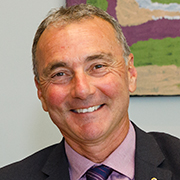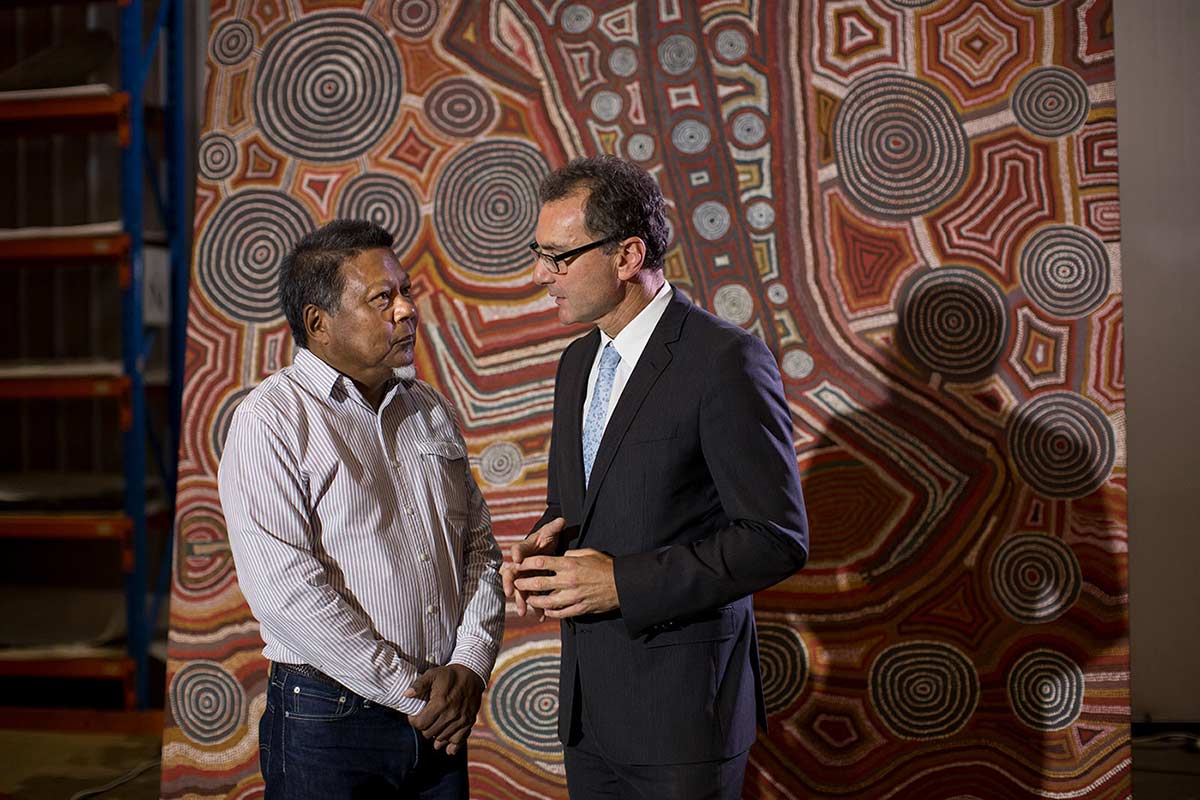We are just weeks away from opening Encounters: Revealing Stories of Aboriginal and Torres Strait Islander Objects from the British Museum – one of the most important things we have ever done at the National Museum of Australia.
These last weeks are filled, as they always are in exhibition projects, with the thousands of small jobs that add up to make a great show. And of course our colleagues from the British Museum are here helping us install the historical and contemporary collections that originate from 27 Indigenous communities around the country with whom we have collaborated in recent years.
Many people, from communities as distant as Albany in Western Australia, Yirrkala in Arnhem Land, and the Torres Strait, are preparing to travel to Canberra in the next few weeks. When they are here, they will see objects from their country for the first time in many years.
Personally, I feel privileged to be the Director of the National Museum at this time. I hope that reconnecting communities with objects through the course of this project will lead to them having enduring, productive links with the British Museum, and all of us at this Museum. Long after the exhibition has closed, it is these connections that can help recast the relationships between first peoples and their collections in museums.
Encounters encourages us all to rethink our easy assumptions – about Australian history and the character of our shared past, about the relationship between museums and first peoples, and about Aboriginal and Torres Strait Islander Australia. Too often, we think in broad, simplistic terms when we consider these matters, rather than taking care to respect the nuances and complexities that speak of deeper human truths.
Museums are sometimes so focused on their responsibilities to document, maintain and preserve artefacts that they forget that the objects are part of living cultures today. When we describe our past, we often imagine the general conditions that applied across the country, instead of dealing with the particularity of people’s experiences in place. And many non-Indigenous Australians still find it hard to recognise the diversity of Aboriginal and Torres Strait Islander lives today.
I think Encounters will help develop new understandings of Australia’s past, and a sense of how to think about cultural materials and their relationships to communities. Such thinking can help revolutionise the way museums undertake their work and meet their obligations. Encounters might extend the way we think about the role of museums in the 21st century, as places intimately engaged with audiences and community interests, that build participatory relationships founded on common interest and purpose.
You may also like

